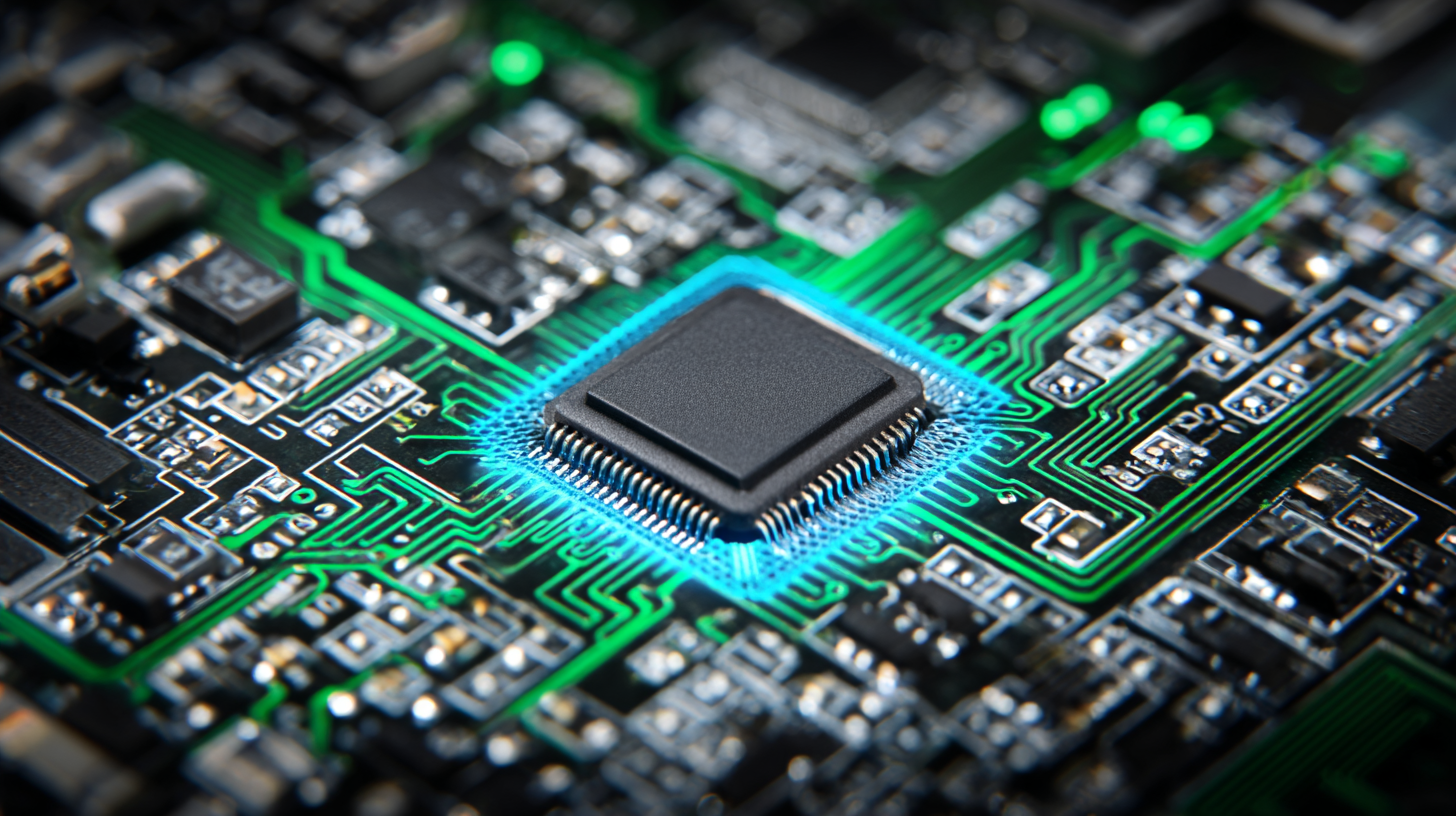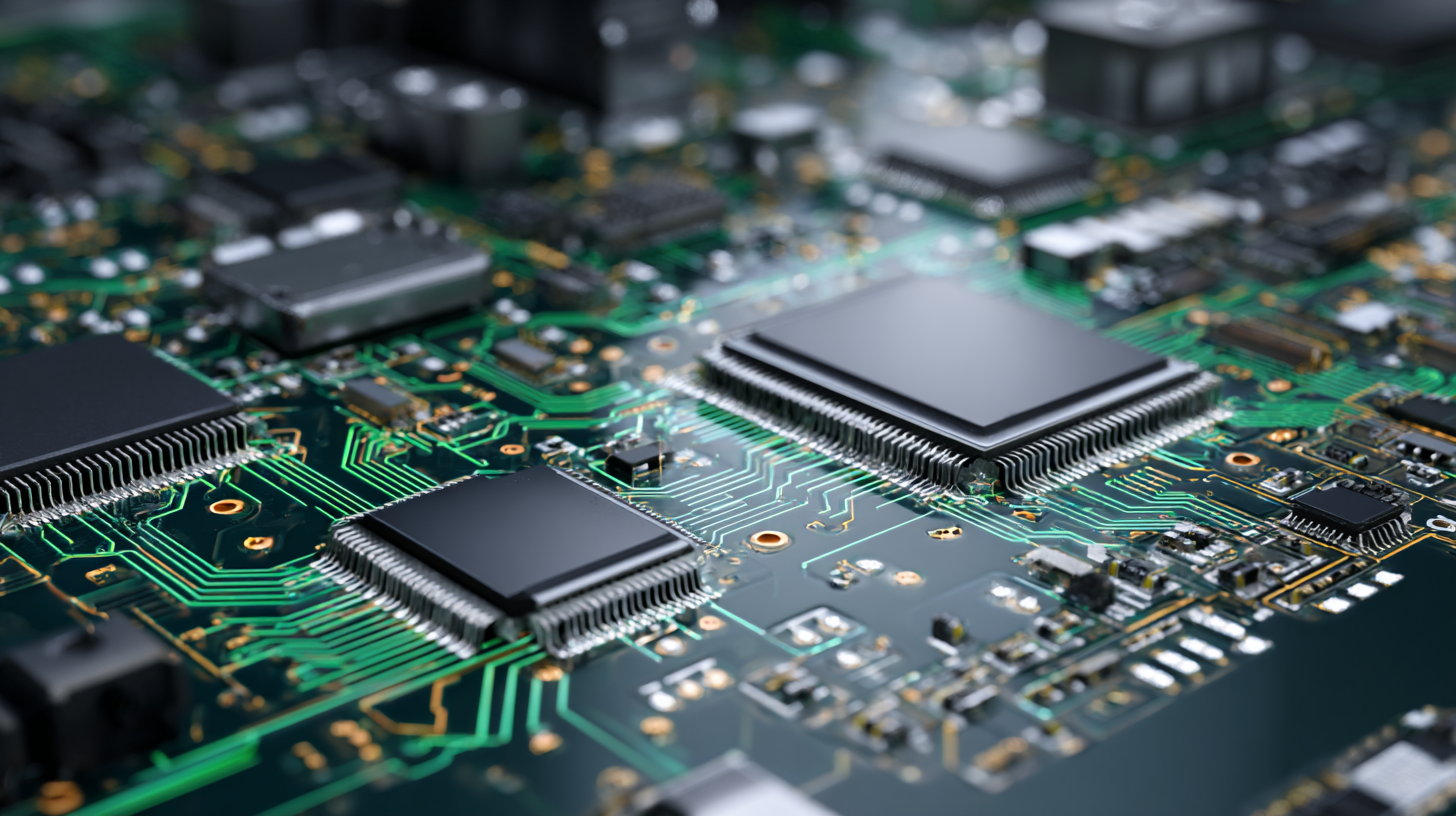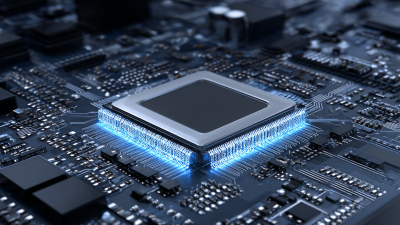Blog
Understanding the Future of Rigid Flex PCB Technology and Its Impact on Electronics Innovation
The rapid evolution of electronics innovation is fundamentally influenced by advancements in rigid flex PCB technology. As per the 2022 market report by IPC, the global rigid flex PCB market is anticipated to reach $2.5 billion by 2025, driven by the increasing demand for compact, lightweight components in portable electronic devices. Rigid flex PCBs combine the advantages of both rigid and flexible printed circuit boards, offering a unique solution that enhances design versatility while reducing assembly complexity and overall system weight. This technology is crucial for sectors such as telecommunications, medical devices, and automotive electronics, where miniaturization and reliability are paramount. As engineers and manufacturers continue to explore the potential of rigid flex PCBs, understanding their future impact will be essential for staying competitive in the fast-paced electronics landscape.

The Evolution of Rigid Flex PCB Technology: A Historical Perspective
The evolution of rigid flex PCB technology can be traced back to the early days of electronics when the need for compact and reliable circuit designs became paramount. Initially, traditional rigid boards dominated the market; however, as electronic devices grew smaller and more complex, manufacturers began to experiment with flexible materials. This shift laid the foundation for the development of rigid flex technology, which combines the advantages of both rigid and flexible circuits, allowing for intricate designs that optimize space and weight.

Over the years, advancements in materials and manufacturing processes have significantly enhanced the performance and versatility of rigid flex PCBs. The introduction of high-density interconnect (HDI) technology has enabled the creation of more intricate circuitry, thus fostering innovation in various sectors, including telecommunications, medical devices, and consumer electronics. As industries continue to push the boundaries of design and functionality, the historical progression of rigid flex PCB technology is a testament to its critical role in shaping the future of electronics, driving the continuous quest for smaller, lighter, and more efficient devices.
Key Advantages of Rigid Flex PCBs in Modern Electronics Design
Rigid flex PCBs represent a significant advancement in modern electronics design, combining the benefits of both rigid and flexible technologies. One of the key advantages of rigid flex PCBs is their ability to save space and reduce weight, which is crucial in applications where size and portability are paramount. This feature is especially valuable in the automotive sector, where the demand for compact, efficient designs is continuously growing. The integration of rigid flex PCBs allows for more complex circuit designs while maintaining structural integrity, thereby driving innovative solutions in automotive lighting and intelligent LED control.
Moreover, the eco-efficient manufacturing processes associated with rigid flex PCBs contribute to lower carbon footprints. With manufacturers increasingly focusing on sustainability, these PCBs offer a way to enhance performance while minimizing environmental impact. As the automotive printed circuit board market is projected to grow significantly, investments in rigid flex PCB technology will likely play a critical role in supporting the evolution of electronics. This trend not only highlights the expanding applications of rigid flex PCBs but also showcases their potential to inspire further innovation in electronic device design.
Challenges and Limitations of Rigid Flex PCB Manufacturing
Rigid flex PCB technology is increasingly recognized for its potential in advancing electronics innovation, especially within the automotive sector. However, the manufacturing of rigid flex PCBs comes with its own set of challenges and limitations. The complexity of combining rigid and flexible materials requires precise engineering and advanced manufacturing techniques, which can lead to higher production costs. Additionally, the yield rates during the manufacturing process can be affected by the intricacies involved in layering different materials, potentially impacting overall production efficiency.
Despite these challenges, the market for PCBs in the automotive industry is projected to grow substantially. According to recent forecasts, the global automotive PCB market is expected to expand from $9.15 billion in 2023 to $15.1 billion by 2032, with a compound annual growth rate (CAGR) of 5.9% during this period. This growth reflects the increasing demand for more sophisticated electronic interfaces and systems in vehicles, further driving the need for flexible PCB designs. As manufacturers strive to overcome the limitations associated with rigid flex technology, investments in research and development will be crucial to unlocking new possibilities in electronic device performance and integration.
Understanding Rigid Flex PCB Technology Challenges and Limitations
This chart illustrates the challenges and limitations associated with the manufacturing of Rigid Flex PCB technology, highlighting key aspects such as cost, design complexity, manufacturing time, material availability, and reliability.
Future Trends in Rigid Flex PCB Technology and Their Implications
The rigid flex printed circuit board (PCB) technology is poised for significant advancements, reshaping the landscape of electronics innovation. According to a report by MarketsandMarkets, the global rigid flex PCB market is expected to grow from USD 11.96 billion in 2023 to USD 16.87 billion by 2028, at a CAGR of 7.1%. This growth is driven by the increasing demand for lightweight and compact electronic devices, particularly in sectors such as aerospace, medical devices, and consumer electronics. Rigid flex PCBs combine the advantages of both rigid and flexible circuits, providing enhanced durability and design versatility that are essential for modern applications.
Future trends indicate that the integration of artificial intelligence (AI) and the Internet of Things (IoT) will further revolutionize rigid flex PCB technology. As per a study by DPI Research, the IoT market is expected to reach a valuation of USD 1.1 trillion by 2026, creating an urgent need for more sophisticated and reliable circuit board designs. The ability of rigid flex PCBs to accommodate complex circuits in constrained spaces makes them ideal for IoT devices, where compact design is critical. Furthermore, advancements in materials science are leading to the development of more eco-friendly and high-performance substrates, which will undoubtedly have lasting implications on manufacturing processes and sustainability within the industry.
Understanding the Future of Rigid Flex PCB Technology and Its Impact on Electronics Innovation - Future Trends in Rigid Flex PCB Technology and Their Implications
| Dimension | Current Trends | Future Predictions | Implications for Electronics |
|---|---|---|---|
| Material Innovation | High-performance substrates like polyimide are gaining traction. | Expect advancements in biocompatible and eco-friendly materials. | Enhanced device versatility and reduced environmental impact. |
| Miniaturization | Increasing demand for smaller, lighter devices. | Further size reductions, enabling even more compact designs. | Higher integration of components leading to enhanced functionality. |
| Manufacturing Techniques | Adoption of automated processes for production efficiency. | Increased precision and lower production costs through advanced robotics. | Greater accessibility and faster time-to-market for new technologies. |
| Thermal Management | Focus on efficient heat dissipation strategies. | Emerging materials with improved thermal conductivity. | Increased reliability and lifespan of electronic devices. |
| Design Flexibility | Growing emphasis on customizable PCB solutions. | More adaptable designs to fit various applications. | Enhanced product usability and consumer satisfaction. |
The Role of Rigid Flex PCBs in Driving Innovation Across Industries
Rigid flex PCBs are revolutionizing the way electronic devices are designed and manufactured, seamlessly bridging the gap between traditional rigid circuits and flexible substrates. This hybrid technology allows for greater miniaturization of devices, making it possible to integrate complex circuitry in compact spaces. As industries move toward more sophisticated applications, such as wearable technology and IoT devices, the demand for compact, reliable, and lightweight components increases. Rigid flex PCBs cater to these requirements by offering versatility without compromising performance or reliability.

In various sectors, from healthcare to automotive, the adoption of rigid flex PCBs is driving innovation. In medical devices, for instance, their ability to withstand extensive bending and twisting makes them ideal for portable monitoring systems. Similarly, in automotive technology, these circuits enable advanced driver-assistance systems (ADAS) and contribute to the overall efficiency of electric vehicles. By supporting the integration of advanced features, such as interface controls and sensors within confined spaces, rigid flex PCBs are crucial in shaping the future of electronics, ensuring that industries continue to evolve and innovate.
Related Posts
-

7 Essential Tips for Sourcing the Best PCB Production Worldwide
-

Envisioning Tomorrow: The Rise of Best Rigid Flex PCB in Modern Electronics
-

How to Optimize Your Supply Chain with Rigid Flex Solutions for Global Sourcing
-

The Definitive Ultimate Guide to Sourcing and Using Flex Circuits for Global Buyers
-

Unlocking the Advantages of Using Prototype PCB Boards in Modern Electronics Design
-

Understanding Rigid Flex PCBs: A Comprehensive Guide to This Hybrid Technology
